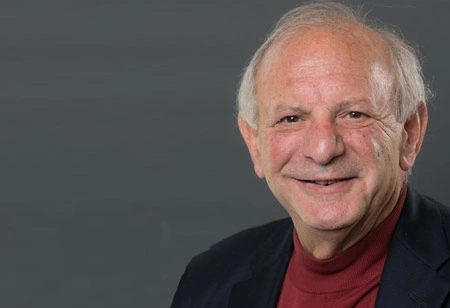Thank you for Subscribing to Healthcare Business Review Weekly Brief

Hospital at Home- The Call Button
Healthcare Business Review
If you have ever been a patient in a hospital, you know the importance of the "Call Button". You are told that this little device, usually attached to the bed sheet, enables you to call the hospital staff for assistance. Push the button and an alert is sent to the nursing station and hopefully someone responds. Because of the variability of that response, having a friend, relative or caregiver at your bedside who can help with simple tasks or summon assistance in more complex situations has become commonplace. That is until the pandemic when hospital visitation was restricted.
The pandemic also brought about the rise of Telehealth in the form of remote patient monitoring (RPM) and virtual visits. These modalities have gained traction because of liberalization of insurance reimbursement along with acceptance by patients. While it seems like this is a win-win situation for both patients and providers, there is yet to be reported data that these technologies improve outcomes. In spite of this, the next step is being taken which is the establishment of Hospital at Home (HaH) programs which create Telehealth management in the home by the hospital staff.
The idea behind HaH programs is that patients who present to the hospital and are deemed stable could admitted to a HaH program rather than having to occupy a hospital bed. This certainly makes sense during the pandemic when hospital capacity has been impacted and is an easy sell to patients who would rather be treated in the comfort of their own homes. In addition, the hospital gets to collect full reimbursement, as if the patient was physically occupying a hospital bed, for the treatment. To accomplish this, the hospital must arrange for the transportation of the patient back to their home along with the deployment of the Telehealth monitoring devices, the dispensing of medications and deployment of any necessary medical equipment to the home setting. In addition, a team of physicians, nurses, pharmacists and therapists must be established.
In practical terms, the hospital physician makes virtual rounds in the morning with a visiting nurse at the patient's bedside and the vital data available. The physician is then able to create orders for the day. It sounds simple but there are a lot of moving parts in this scenario and they are all interconnected. Which brings me back to the concept of the "Call Button".
All the technology in the world is useless without the human interaction that is integral to the healing process
Virtual rounds probably take no more than 15 minutes, but what happens with the remaining 1425 minutes of the day. What happens if an IV dislodges or the patient needs assistance getting to the bathroom, or has a bout of nausea or there is a question about medication administration. Where is the "Call Button" to summon help? If it is embedded in a tablet or Smartphone, will it be answered promptly and will the person answering be familiar with the patient's situation and be able to provide immediate advice? The virtual Call Button could be the Achilles Heel of HaH, and in order to avoid this, the patient and caregivers must be educated and be given realistic expectations about the goals of care.
All the technology in the world is useless without the human interaction that is integral to the healing process. If HaH is to be successful, it must satisfy an age old metaphysical question paraphrased as follows: "What sound does the Call Button make, if no one is there to hear it?"









